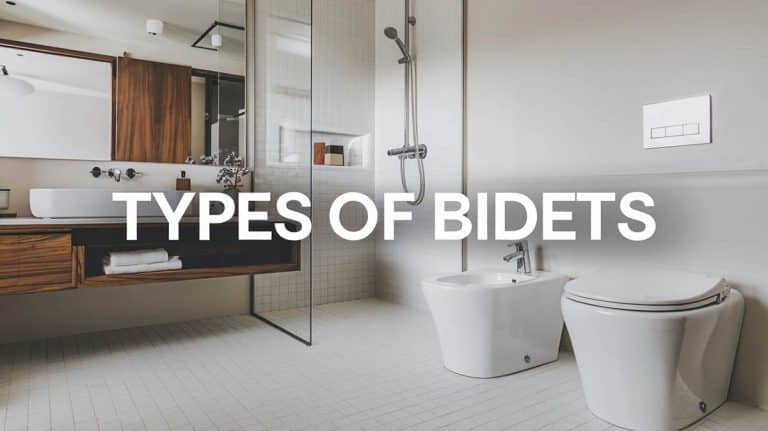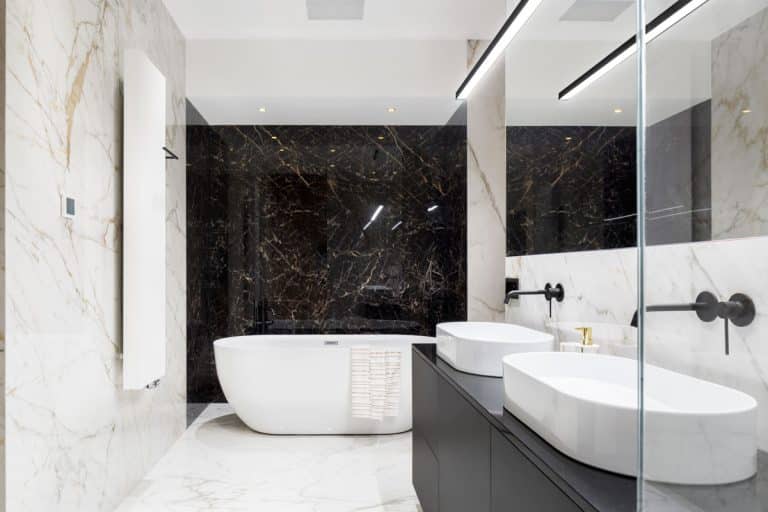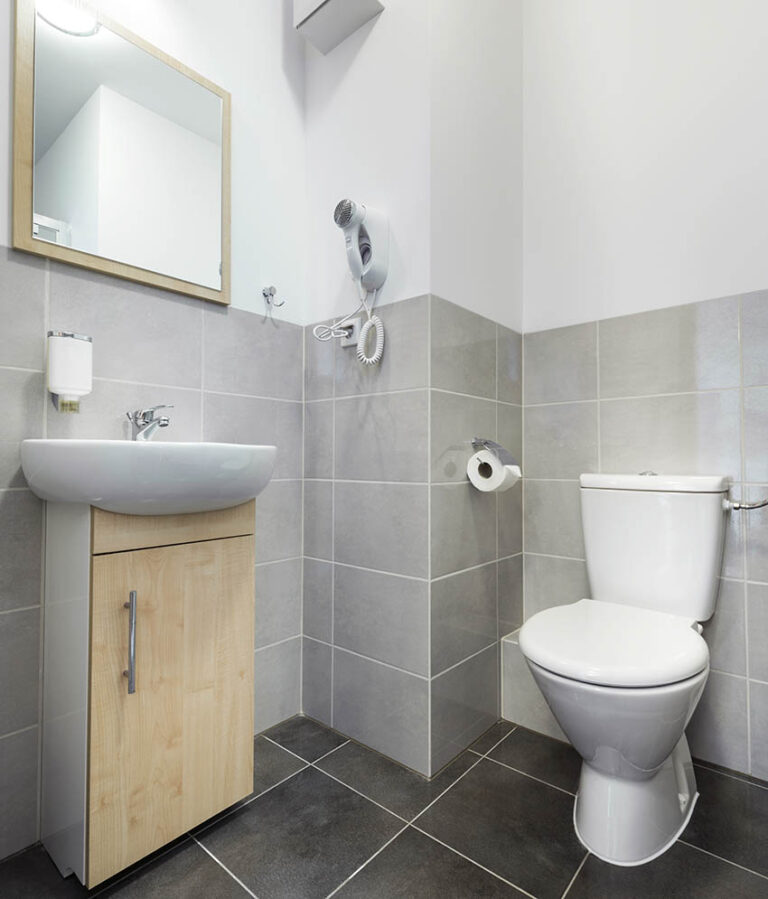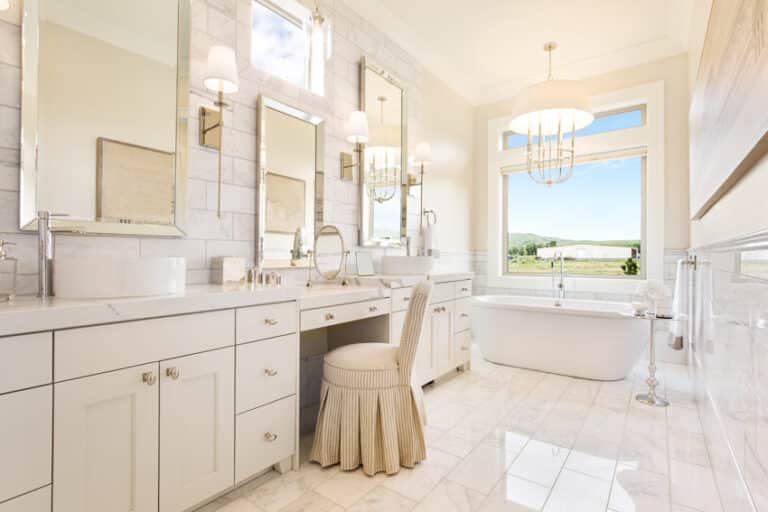Alcove Vs Drop In Tub (Comparison Guide)
With numerous bathtub options and styles available, it is essential to weigh the pros and cons of different designs, including factors such as shapes, soaking capacity, and compatibility with a master bathroom or a two-person setup. Two of the types you can consider are the alcove and drop in tubs.
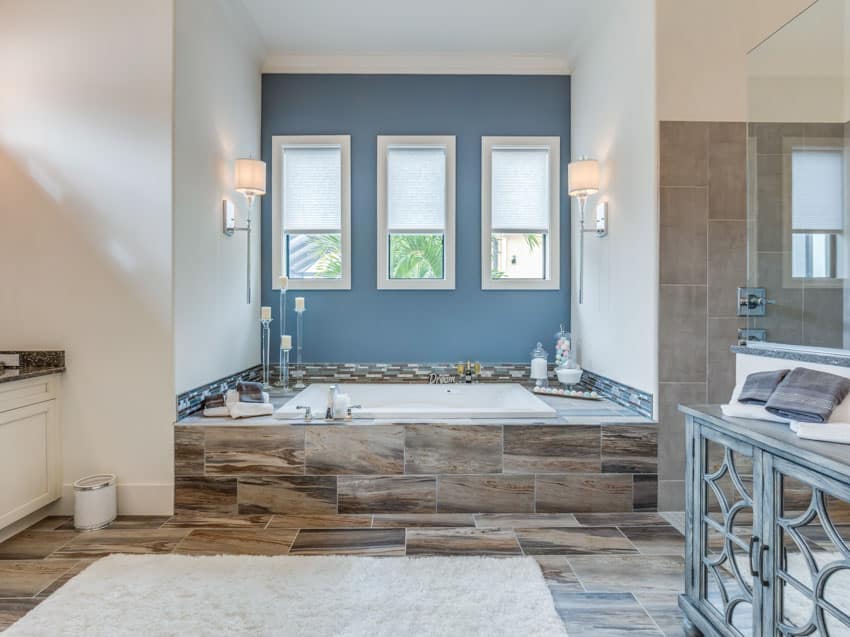
When building your dream bathroom, there are different elements you have to consider. Do you take a bath quickly and treat it as a no-nonsense task you have to do? If yes, a shower is enough for you.
Do you take long baths and love to spend time submerged in water while reading a book and drinking wine? In this case, you might want to install a bathtub and enjoy it however way you can. The next question though is, what tub should you install in your bathroom?
Check out the differences between the two and find out which one is ideal for your situation and needs. Let’s start with the drop-in bathtub.
What Is A Drop In Tub
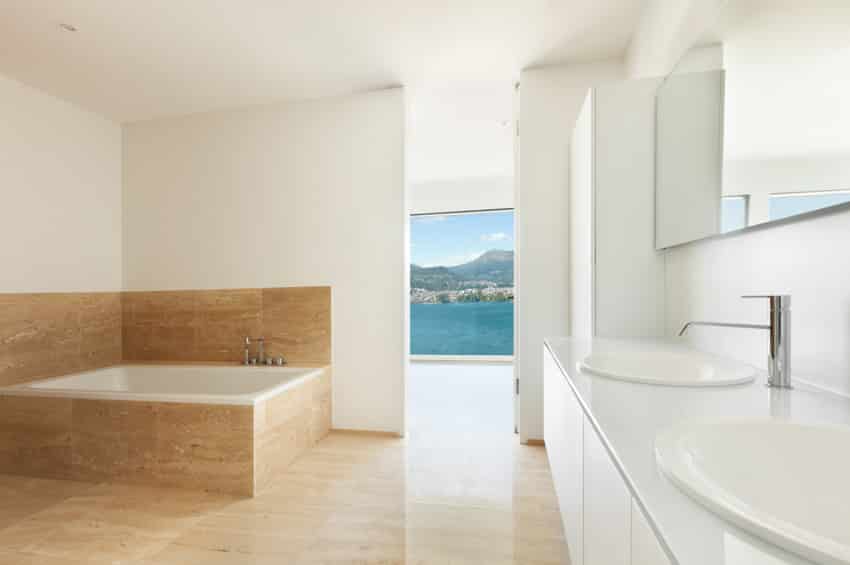
A drop-in tub is a type of bathtub installed inside a platform or frame. The bathtub is literally “dropped in” the “surround” made for it, where the tub’s inside and top lip are the only finished elements.
It will only be finished once set where it’s supposed to be installed and the outer structure. If you are considering a drop-in tub, you can choose from round or rectangular shapes, offering various options to fit your space and style preference.
Here are some advantages you can look forward to when you use a drop in design.
• High Flexibility: not limited by a wall and so you can install it anywhere in the bathroom (and yes, even in the middle if you want to!)
• Clean Finish: the plumbing is hidden from sight
• Variety of Materials: with a variety of materials to choose from (acrylic, cast iron, fiberglass, & stone resin)
• Offers More Support: enables easier access when being flush to the wall, which is beneficial for the children and the elderly
The surround where the basin is dropped can be made from a variety of materials, including wood and natural stone.
The drop in tub itself though has several materials to choose from and these are the benefits each of them provides:
• Acrylic: more durable but a bit more expensive
• Cast Iron: excellent heat retention, durable, and expensive
• Fiberglass: affordable
• Stone Resin: non-porous and with excellent heat retention
Choose the material you believe fits your budget and the vision you have of your dream bathtub.
How Much Room Do You Need For A Drop-In Tub?
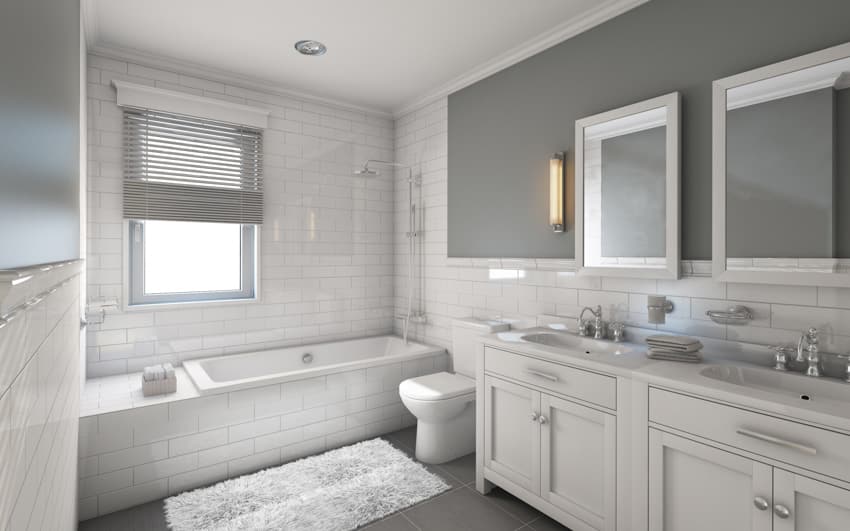
The next question you have to deal with is, “Do you have enough room in your bathroom for a drop-in tub?”
In answering this question, decide on the size of the drop in tub you plan to install. You should be able to consider the supporting base, deck, and even the platform.
Depending on what the bathroom sizes are on your property, here are some types that are usually installed in them.
• Medium-sized bathrooms: fitted into an alcove with one side of its deck exposed
• Large bathrooms: fitted into corner with two sides exposed
• Gigantic bathrooms: fitted into a pedestal deck with all sides exposed
Drop in tubs would look marvelous in large spaces but of course, it will be up to you on how stylish you build it. To start with, here are some of the basic measurements you can consider.
• Height: 14 to 20 inches
• Length: 45 to 72 inches
• Width: 30 to 32 inches
When it comes to the tub’s height, make sure to plan ahead and include a couple of inches above the deck.
For the tub’s width, the general rule is to add at least 6 inches on both sides. And finally, for the length, make sure that the deck is at least 1 foot longer than the bathtub.
How Much Does It Cost To Install A Drop-In Tub?
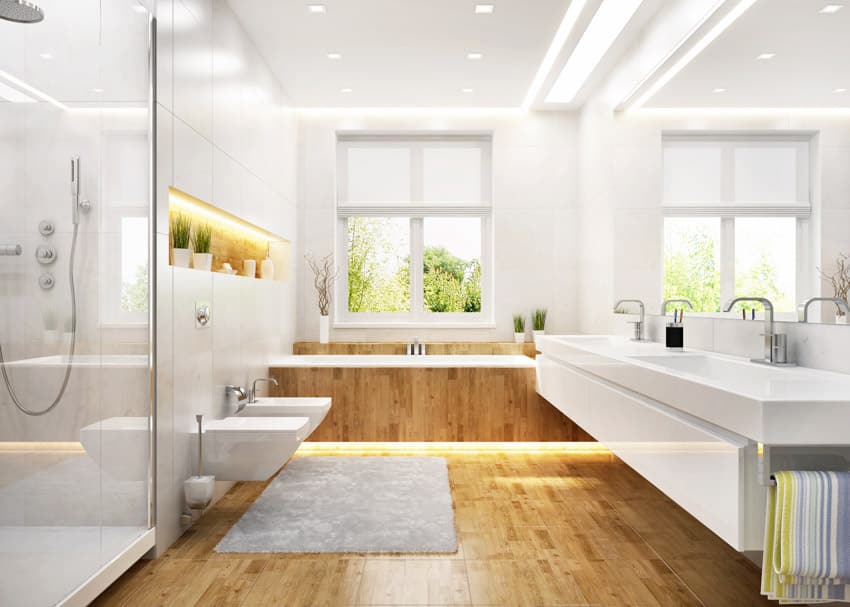
Now that you know the measurements you have to deal with, the next factor to consider is your budget. The cost of a drop in tub would be dependent on the size, style, and material it’s made from.
You even have to consider the installation of the bathtub in your bathroom, which is why doing it yourself can save you a lot of money. They can range from $2,000 to $10,000 in total.
In general though, here are the prices you can expect from installing the different types of drop in tubs.
• Low-end: $500 to $750
• Freestanding type: starts at $700
• Mid-range: $1,200 to $1,500
• High quality & high-end: $1,500 and above, including luxurious and spa-like bathing options with whirlpool features
What Is An Alcove Tub
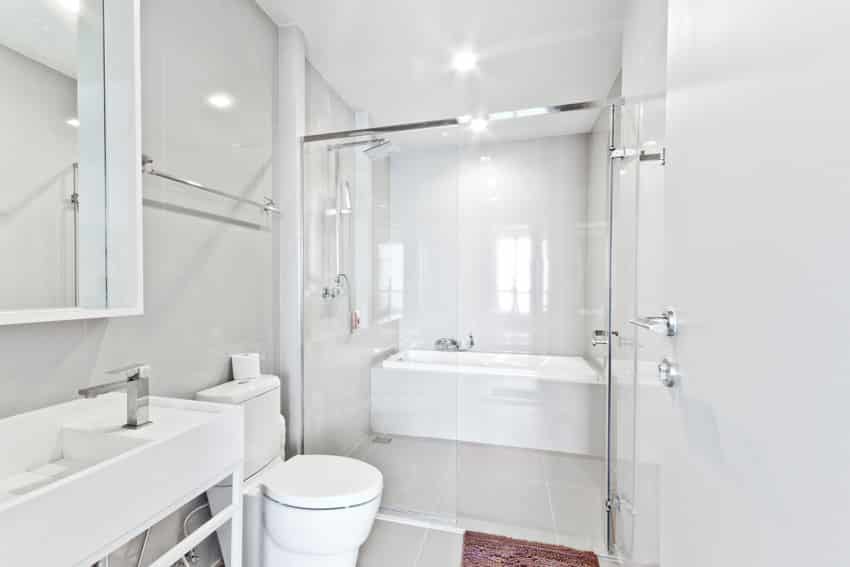
An alcove tub refers to when the bathtub is installed into an alcove with three sides enclosed by a wall. If you want, you can install a shower curtain for additional privacy.
The bathtub is normally installed in the bathroom’s “recess”, which means that the three walls are joined together. These styles come in a variety of shapes, such as square, oval, and rectangular.
Here are some of the advantages you get from choosing an alcove design for your bathroom:
• Space-saving: These designs can be a good option for small bathrooms
• Easily customizable: from powered jets to shower, the simple addition instantly adds value to the bathroom and home
• Variety of Materials: uses the same materials to choose from as the drop in products, including acrylic, cast-iron, fiberglass, and stone resin
How Much Room Do You Need For An Alcove Tub?
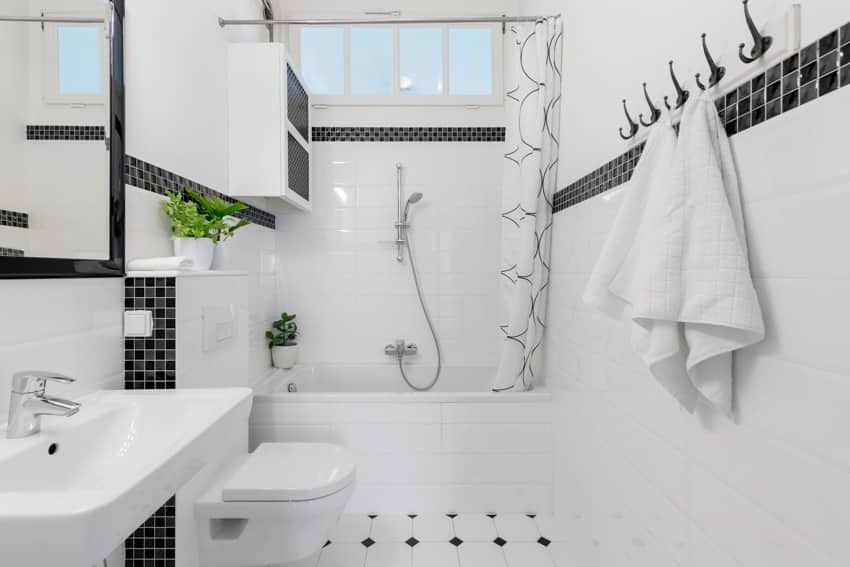
An alcove tub is an option you choose for a space-saving bathtub. Here are some of the bathtub dimensions sizes you can expect from it.
Average-sized alcove bathtub
• Length: 48 inches/4.5 ft
• Width: 25 inches/2 ft
• Depth: 16 inches/1.3 ft
Large-sized alcove bathtub
• Length: 72 inches/6 ft
• Width: 42 inches/3.5 ft
• Depth: 20 inches/1.6 ft
How Much Does It Cost To Install An Alcove Bathtub?
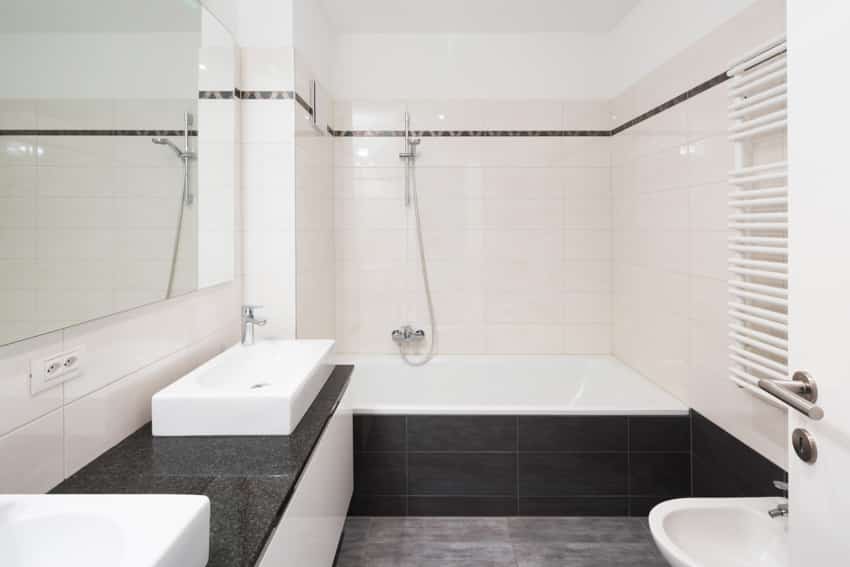
Installing an alcove tub would require around $250 to $500, depending on the size of the basin.
The cost may also increase from $1,000 to $3,000 once additional amenities like powered jets or whirlpool features are included in the installation.
Costs may vary due to several factors. Equipment for the installation itself costs roughly $80 to $100.
Difference Between Alcove And Drop-In Bathtub
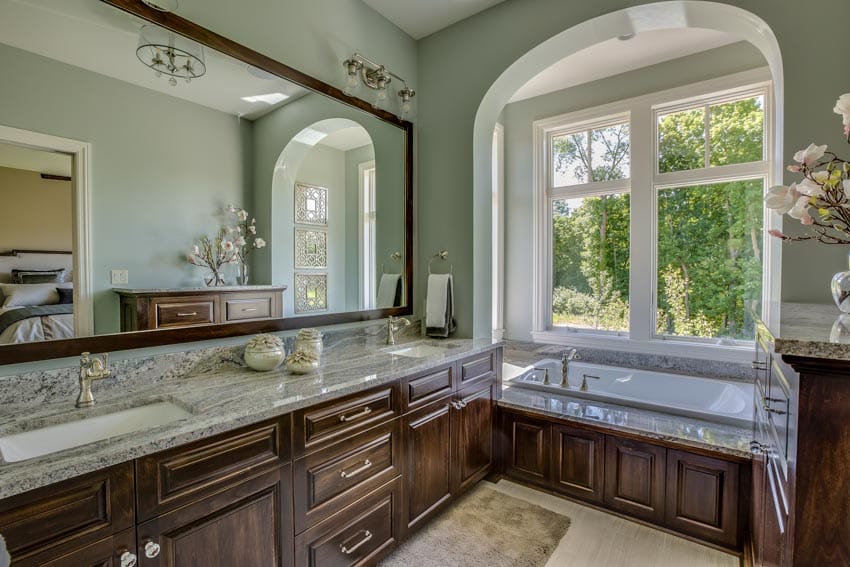
Now that you have seen a comparison of drop in and alcove bathtubs, you can make a more informed decision on what products to install in your bathroom.
To help you more with your decision, here is a table for the differences that both bathtubs have from each other.
Alcove Vs Drop-In Tub Pros and Cons Comparison Chart
| Alcove Tub | Drop In Tub |
| Deep water level but shallower than drop in | Deeper water level |
| Harder to clean | Easier to clean |
| Easy to get in and get out of with the support from the surrounding walls (especially with a handlebar) | Easy to get in but hard to get out of since it has less support than an alcove design |
| Installed in a recess, against the wall, or in alcoves | Installed anywhere with a carved out deck or structure (Usually in the center of the bathroom) |
| Shape: more rounder and smaller | Shape: longer and wider |
| Costs less than a drop in | More expensive than an alcove |
| Normally space-saving with the use of walls as confines | More flexible in size since not limited by the confines of walls |
Can You Use A Drop-In In An Alcove?
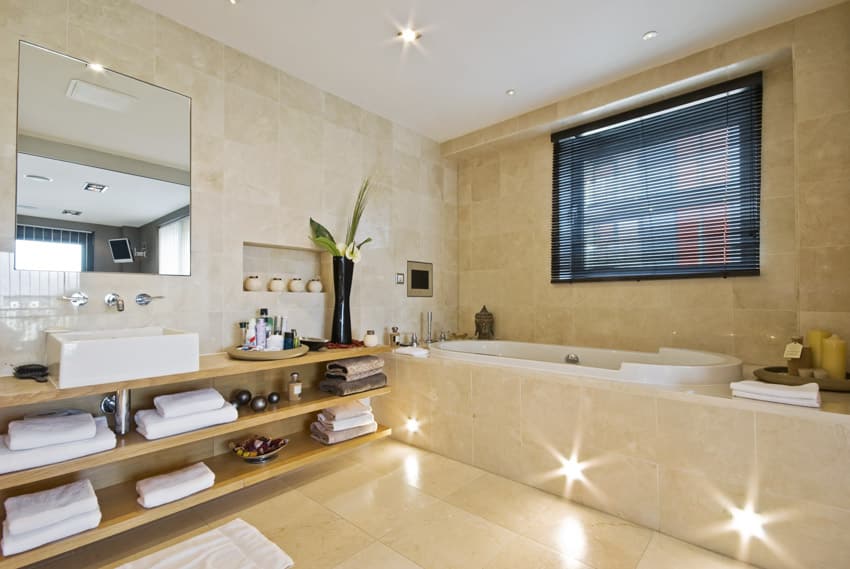
The short answer to this question is yes, you can use and install a drop in bathtub in an alcove. Both styles are not technically types of bathtubs but different methods of how one is installed in the bathroom.
A drop in tub is installed on a wall and normally in an open space like the middle of the bathroom but it can also be installed in an alcove, with three walls confining the basin similar to that of an alcove tub.
This would of course be dependent on what you want your bathroom to look like and how much space you want to save that you end up using an alcove for your drop in tub. Technically, your drop in tub will also become an alcove tub.
How Do You Convert A Drop-In To Alcove?
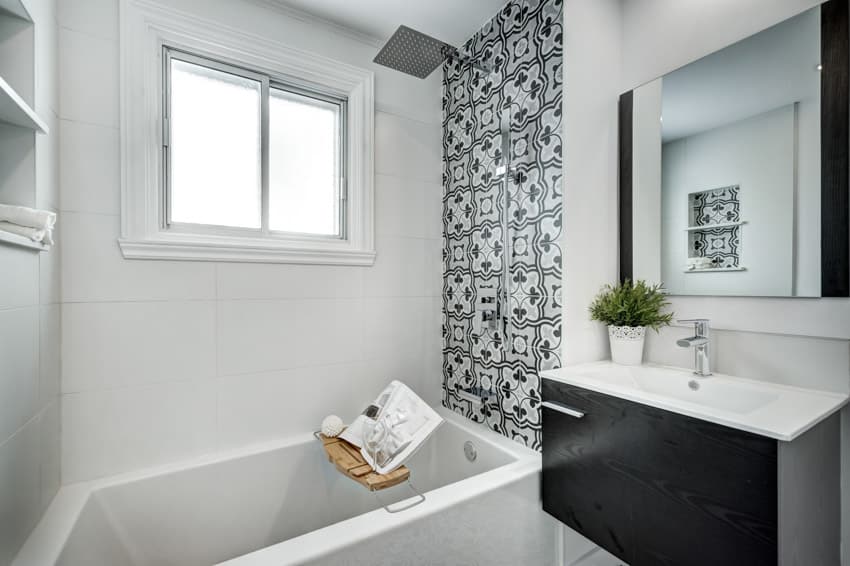
When installing and converting a drop in to an alcove tub, here are simple steps to follow.
Step 1. Measure the alcove space. You have to take into account the fact that drop in tubs are usually larger builds while alcoves are dependent on the size of the bathroom and the walls they will be confined in.
Step 2. Protect the tub by using cardboard at the bottom and check the subfloor. Make sure that the bathtub is protected and the subfloor is sturdy and level.
Step 3. Build the frame and set the tub. Create a frame using the specifications of manufacturers. Set the basin for marking for fixtures and plumbing.
Step 4. Install the tub’s plumbing. It would be a good idea to consult a licensed professional and plumber.
Step 5. Place and secure the drop in tub in the frame. Set the bathtub in the frame and secure it using galvanized screws, flanges, and wall studs.
Step 6. Install the tub drain and spout. Check the manufacturer’s instructions on how to install the tub’s drain and spout.
See more related content in our article about how to choose a bathtub on this page, including various types of tubs, materials, and bath product options to enhance your bathing experience.

